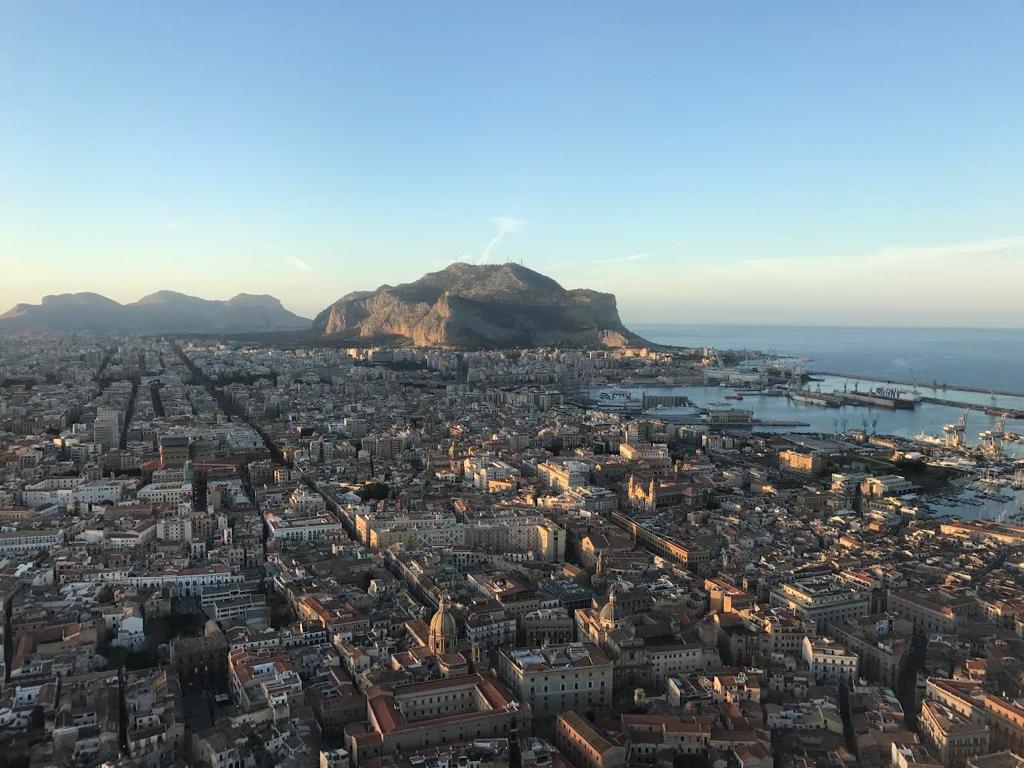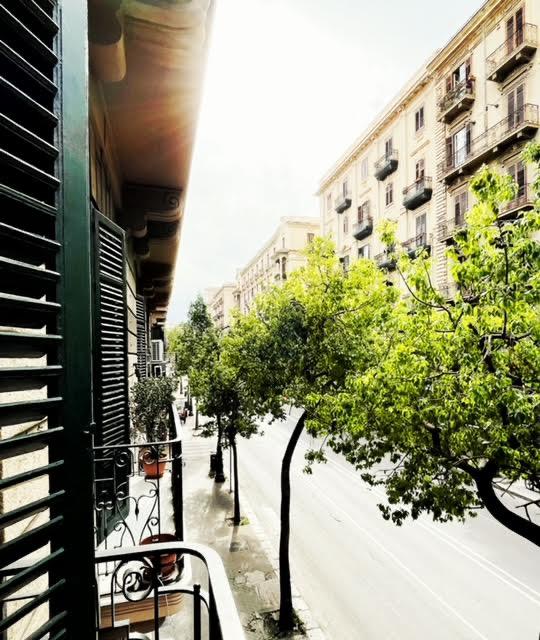In the Conca d’Oro (the Golden Shell) the Arab-Norman route, now a World Heritage Site, has taken its shape — an architectural synthesis that intrinsically narrates, at the intersection of such different heritages and in a uniqueness of rare aesthetic beauty, the extremely ethical choice which, in that remote period, encouraged its protagonists to bridge cultural and religious differences, becoming forerunners of the significant message, more relevant today than ever, of unambiguous integration.
Starting from this point of view, in creating the Nostrale we expressed the desire to tell and make known this Palermo, one of the oldest capitals of the Mediterranean, trove of artistic and cultural treasures, trying to explain the elements on which, in a complex balance between diversity and contradictions, its great beauty is based.
Certainly it is not easy to narrate Palermo or reconstruct it in its missing parts, such as those hit by the war devastation or by the havoc of the infamous “sack of the city”. The latter, at the hands of shameless minds, with a diabolical speculative action, inexorably hurt the city in its ancient beauty, depriving it of precious elements that, at the time of the Florio Family and the aristocratic Belle Epoque, were among the best expressions of the Art Nouveau.
We are, fortunately, here to introduce you to that Palermo of which there is still a lot to see and feel.
All that remains to do is to lose yourself in its four ancient districts, in that grid of old streets and alleys which tell the story of different cultures that, in a complex balance, left a mark, making it become characteristically palermitan.
Through palaces, monuments and countless churches or under the refreshing shade of the imposing centuries-old Ficus, with its aerial roots, or even immersed in the delicate scent of Pomelia, of which almost every balcony is adorned, culture and senses will envelop you seamlessly.
Let yourself be pleasantly confused by the chaos and, in the theatre of the historic markets, let yourself be captivated by the subtle irony of the daily actors, metaphor and features of the people of Palermo. You will also see problems to solved or some anthropological attitudes that need to be worked on; but it is probably in this very contrasting beauty, in its contradictions, in this chaotic spirit that results, that the uniqueness of the cultural transversality is manifested, a cultural transversality that has characterised the formation of a great land and the ironic creativity of its welcoming people.



